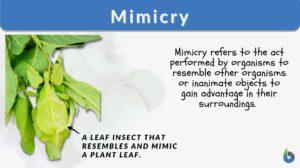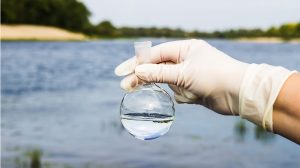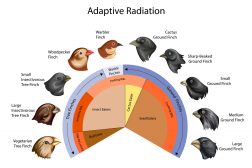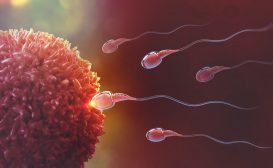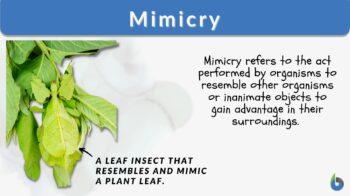
Mimicry
n., plural: mimicries
[ˈmɪm.ɪk.ɹi]
Definition: The act or characteristic of an organism mimicking something or someone
Table of Contents
Most would say imitation is the greatest form of flattery. In some cases that is quite true. However, imitation or mimicking of others can sometimes be quite beneficial for organisms and in some cases even save their life. This is why many organisms in the biosphere practice the art of mimicry. What is mimicry? In general, mimicry is an act or art of copying someone or something, usually for the sake of amusement or derision. Now, let us find out what it means in biology.
Mimicry Definition
In the case of biologists, to define mimicry, one must consider its science. In biological definition, mimicry is an evolutionary likeness between one creature and another thing, usually another species’ organism. This is also the definition of mimicry in ecology, where it refers to the use of mimicry in nature by organisms within the ecosystems.
What is animal mimicry? Animal mimicry is when an animal uses mimicry to mimic another animal or its surroundings to benefit from adopting that particular look. These organisms tend to look like other organisms. Examples of classic mimicry are stick insects and moths that use their physical appearance to blend in with their surroundings. This can be seen in Figure 1 below. This can also be seen in plants, such as a succulent whose leaves resemble that of a rock. This can be seen in Figure 2 further down.
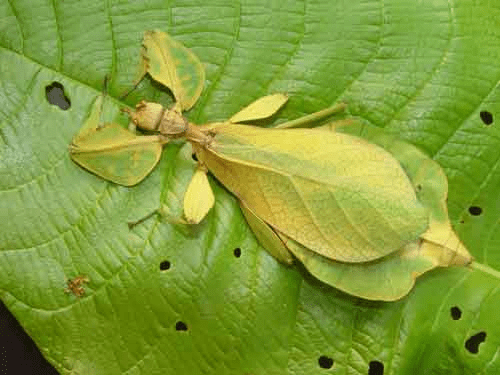
When the models are inanimate, the phrases masquerade and mimesis are employed. Flower mantises, planthoppers, comma- and geometer moth caterpillars, for example, mimic twigs, bark, leaves, bird droppings, or flowers. Eyespots are seen in many species, and they are thought to mimic the eyes of bigger animals.
They may or may not resemble the eyes of any particular creature, and whether or not animals respond to them as eyes is likewise unknown. Nonetheless, there is a plethora of recent work on the issue of eyespots. Except in automimicry, when individuals of the species mimic other members or other portions of their bodies, and inter-sexual mimicry, where members of one sex copy members of the other, the model is normally another species.
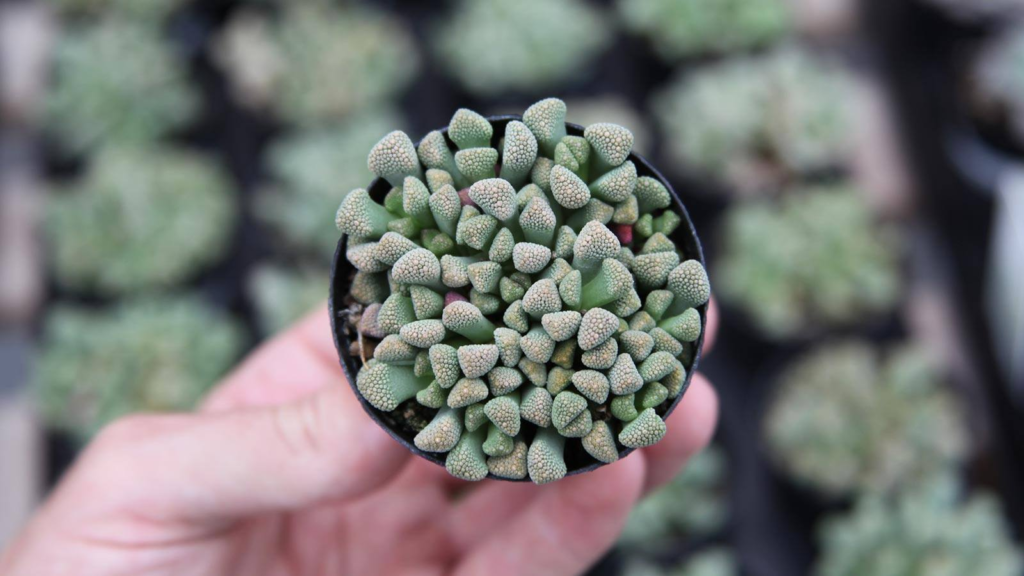
Mimicry refers to the act performed by organisms to resemble other organisms or inanimate objects to gain an advantage in their surroundings. Through mimicry, these organisms are able to exhibit characteristics that benefit them, e.g., defensive mimicry confers protection against enemies (e.g., predators).
Etymology: “mimic”, from Latin “mīmicus”, from Ancient Greek “μῑμικός” (“mīmikós”), meaning “belonging to mimes”, from “μῖμος” (“mîmos”), meaning “imitator”, “actor”) + -“ry”.
Synonym: imitation; mimesis; mimetism
Types of Mimicry
There are many types of mimicry. Some may be aggressive mimicry and others may be defensive mimicry. There is also reproductive and automimicry as well. It also depends on the use of the act.
Defense
When organisms utilize defensive mimicry, they can avoid potentially deadly situations by convincing attackers that they are someone else. The first three examples we’ll look at include creatures that are protected by warning coloration:
Batesian mimicry
A type of imitation in which a harmless mimic appears to be destructive. When mimics are in low proportion to their model, they are less likely to be discovered (for example, by predators). Negative frequency-dependent selection is a phenomenon that occurs in most kinds of mimicry. Only if the damage given to the predator by eating a model surpasses the advantage of eating a mimic can Batesian mimicry be sustained.
Because a predator that has a terrible first encounter with a model tends to avoid anything that looks like it for a long time and does not re-sample quickly to check if the original experience was a false negative, the nature of learning is stacked in favor of the mimics. However, when mimics become more common than models, the chances of a juvenile predator seeing one for the first time increase. As a result, when both the model and the mimic exist, and where the model is more abundant than the mimic, such systems are most likely to remain stable.
Batesian mimicry examples could be when a harmless prey species develops the red, yellow, and black pattern of a poisonous coral snake, it is said to have evolved a likeness to the deadly species. This is depicted in figure 3 below. Also, numerous insects, including flies, beetles, and even moths, look like bees. Few predators will risk being stung by a bee, and the majority will avoid eating anything that resembles a bee.
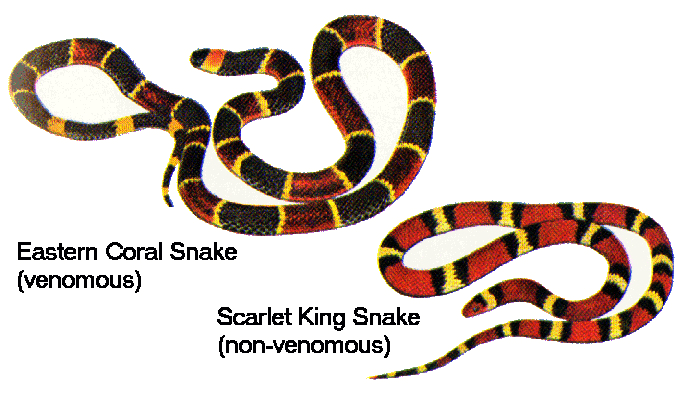
Müllerian mimicry
Occurs when two or more hazardous species signal their mutual danger. In some ways, this sort of imitation is unusual. For starters, the relationship benefits both the mimic and the model, hence it may be characterized as mutualism. Despite being misled about species identification, the signal receiver benefits from this system because it may generalize the pattern to potentially dangerous encounters. There is ‘mutual benefit’. Thus, when one species is uncommon and another is plentiful, the rare species is called the mimic but when both species are present in comparable numbers, it’s more accurate to refer to them as co-mimics rather than separate ‘mimic’ and ‘model’ species, since their warning signals tend to converge.
Mertensian mimicry
When a lethal mimic seems like a less dangerous yet lesson-teaching model. The situation is uncommon in that the model is generally the most dangerous species. However, if a predator dies in its first contact with a poisonous snake, it will never have the opportunity to learn to detect the snake’s warning signs.
Being aposematic would thus serve no purpose for a very lethal snake: any predator that attacked it would be killed before it could learn to avoid the dangerous prey, hence the snake would be better off being disguised to avoid assaults entirely. However, if a predator initially learned to avoid a less dangerous snake with warning colors, the lethal species may be attacked less frequently by imitating the less dangerous snake.
Vavilova mimicry
Humans are the agent of selection in the fourth case, Vavilovian mimicry, in which weeds resemble crops. The weed resembles a protected species through Vavilovian mimicry, which is categorized as defensive mimicry. This is akin to Batesian mimicry in that the plant lacks the qualities that provide the model with protection, and its presence harms both the model and the dupe (in this example, people).
However, there are some key differences: in Batesian mimicry, the model and signal receiver are enemies (the predator would eat the protected species if it could), whereas here, the crop and its human growers have a mutualistic relationship: the crop benefits from being dispersed and protected by people, even though it is eaten by them. In truth, the crop’s sole “protection” that matters here is its human utility.
Second, the plant is simply killed rather than consumed. The only reason for eradicating the weed is to increase agricultural production. Finally, this form of imitation does not exist in ecosystems that have not been tampered with by people.
Reproductive
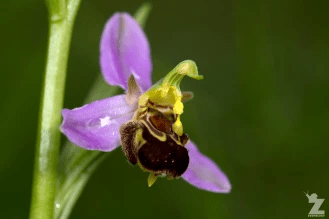
When the dupe’s activities actively promote the mimic’s reproduction, this is known as reproductive mimicry. This is frequent in plants with deceptive blooms that do not yield the reward they appear to provide, and it may also occur in Papua New Guinea fireflies, where Pteroptyx effulgence signal is exploited by Pteroptyx tarsalis to create aggregations to attract females.
Other kinds of imitation, such as Vavilovian mimicry involving seeds, vocal mimicry in birds, and aggressive and Batesian mimicry in brood parasite-host systems, all have a reproductive component. Reproductive mimicry of the bee orchid can be seen in figure 4 above.
Aggressive
Aggressive mimicry is observed in predators or parasites that share some of the traits of a harmless species, allowing them to evade detection by their prey or host; this may be related to the myth of the wolf in sheep’s clothing, as long as no deliberate deception is involved. The mimic might be a replica of the prey or host or another creature that is either neutral or helpful to the recipient of the signal. The model may be influenced negatively, positively, or not at all in this type of imitation. Host-parasite mimicry is classified as a subtype of aggressive mimicry, similar to how parasites are classified as predators.
Automimicry
Within a single species, automimicry or intraspecific mimicry occurs. When one component of an organism’s body mimics another, this is known as mimicry. Some snakes’ tails, for example, resemble their heads; when attacked, they slither backwards and confront the predator with the tail, increasing their chances of escaping without being killed. When somewhat disturbed, certain fish have eyespots near their tails and move slowly backward, portraying the tail as a head.
Some insects, such as some lycaenid butterflies, have complex tail patterns and appendages that encourage assaults from behind rather than from the front.
Several pygmy owl species have “false eyes” on the back of their heads, which causes predators to behave as if they were the target of a glare.
The evolution of mimicry
It is commonly acknowledged that mimicry is a beneficial adaptation that evolves through time. Vladimir Nabokov, a lepidopterist and author, claimed that while natural selection may stabilize a “mimic” form, it would not be essential to produce one. The two-step theory is the most commonly recognized paradigm for explaining the development of mimicry in butterflies. The first phase entails mutations in modifier genes, which control a complex network of connected genes that result in dramatic morphological alterations.
The second phase involves making choices on genes that have less phenotypic effects, resulting in a closer similarity. Empirical data supports this concept, indicating that a few point mutations have major phenotypic consequences whereas many others have minor effects. A supergene for the evolution of butterfly color patterns has been formed by the collaboration of certain regulatory components. Population genetics computational simulations back up the model. The doublesex gene regulates Batesian mimicry in Papilio polytes.
Some imitations aren’t flawless. Natural selection encourages imitation only to the extent that it fools predators. When predators avoid a mimic that looks too much like a coral snake, for example, the mimic is appropriately protected. Convergent evolution is a theory that explains why creatures like coral reef fish and benthic marine invertebrates like sponges and nudibranchs have evolved to look alike.
Answer the quiz below to check what you have learned so far about mimicry.
References
- Bates, H. W. (1862). XXXII. Contributions to an Insect Fauna of the Amazon Valley. Lepidoptera: Heliconidæ. Transactions of the Linnean Society of London, os-23(3), 495–566. https://doi.org/10.1111/j.1096-3642.1860.tb00146.x
- Batesian Mimicry—An overview | ScienceDirect Topics. (n.d.). Retrieved April 19, 2022, from https://www.sciencedirect.com/topics/biochemistry-genetics-and-molecular-biology/batesian-mimicry
- Ecology: From Individuals to Ecosystems. (2021). In Wikipedia. https://en.wikipedia.org/w/index.php?title=Ecology:_From_Individuals_to_Ecosystems&oldid=1046518579
- Emsley, M. G. (1966). THE MIMETIC SIGNIFICANCE OF ERYTHROLAMPRUS AESCULAPII OCELLATUS PETERS FROM TOBAGO. Evolution; International Journal of Organic Evolution, 20(4), 663–664. https://doi.org/10.1111/j.1558-5646.1966.tb03395.x
- Huheey, J. E. (1976). STUDIES IN WARNING COLORATION AND MIMICRY. VII. EVOLUTIONARY CONSEQUENCES OF A BATESIAN-MÜLLERIAN SPECTRUM: A MODEL FOR MÜLLERIAN MIMICRY. Evolution; International Journal of Organic Evolution, 30(1), 86–93. https://doi.org/10.1111/j.1558-5646.1976.tb00884.x
- Kelley, L. A., Coe, R. L., Madden, J., & Healy, S. (2008). Vocal mimicry in songbirds. Animal Behaviour. https://doi.org/10.1016/j.anbehav.2008.04.012
- Kunte, K., Zhang, W., Tenger-Trolander, A., Palmer, D., Martin, A., Reed, R. D., Mullen, S., & Kronforst, M. (2014). Doublesex is a mimicry supergene. Nature. https://doi.org/10.1038/nature13112
- Mimicry | Definition & Examples | Britannica. (n.d.). Retrieved April 19, 2022, from https://www.britannica.com/science/mimicry
- Mimicry and Camouflage in the Rainforest. (n.d.). Mongabay.Com. Retrieved April 19, 2022, from https://rainforests.mongabay.com/0306.htm
- Mimicry in the Wild | North Dakota Game and Fish. (n.d.). Retrieved April 19, 2022, from https://gf.nd.gov/wildlife-notes/mimicry-wild
- Mimicry—An overview | ScienceDirect Topics. (n.d.). Retrieved April 19, 2022, from https://www.sciencedirect.com/topics/earth-and-planetary-sciences/mimicry
- Mimicry—Ecology—Oxford Bibliographies. (n.d.). Retrieved April 19, 2022, from https://www.oxfordbibliographies.com/view/document/obo-9780199830060/obo-9780199830060-0027.xml
- Robertson, D. R. (2015). Coincidental resemblances among coral reef fishes from different oceans. Coral Reefs, 34(3), 977–977. https://doi.org/10.1007/s00338-015-1309-8
- Stevens, M. (2007). Predator perception and the interrelation between different forms of protective coloration. Proceedings. Biological Sciences, 274(1617), 1457–1464. https://doi.org/10.1098/rspb.2007.0220
- Wickler, W. (1968). Mimicry in plants and animals. New York : McGraw-Hill. http://archive.org/details/mimicryinplantsa00wick
- ©BiologyOnline.com. Content provided and moderated by Biology Online Editors.

